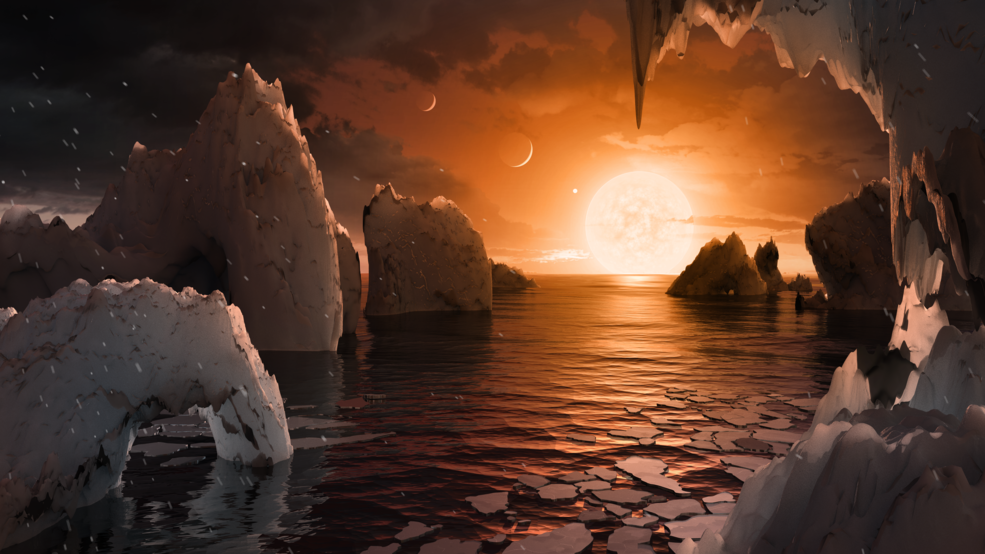
Researchers from the CMU's Robotic Institute have developed a new method that allows rovers to autonomously weigh risk against the potential for scientific research.
Continue reading

New research shows how the seeds of Supermassive Black Holes (SMBHs) could have formed from gas clouds with amplified magnetic fields.
Continue reading

Thanks to multi-messanger astronomy, we now know colliding neutron stars create more heavy elements beyond gold.
Continue reading

NASA just announced the members of the independent study team that will recommend how the study of UAP can help the search for extraterrestrial intelligence.
Continue reading

The Webb Telescope can see distant galaxies incredibly well, even when they are gravitationally lensed by galactic clusters.
Continue reading

There are many ways that the James Webb Space Telescope could search for life. Here are four promising ones.
Continue reading

With $45,000 in prizes, NASA's Particle Partition Challenge is looking for innovative ideas on how to maintain breathable atmospheres for astronauts far from Earth.
Continue reading

A neutron star lighter than the Sun could be a strange matter star.
Continue reading

NASA engineers are developing and testing a shielding system to protect the Mars Sample Return mission from micormeterites and space debris,
Continue reading

Spectral imaging reveals the Hipparchus astronomical catalog was much more precise than we thought.
Continue reading

New research suggests that when Earth was still a ball of molten rock, Mars may have been covered in warm, blue oceans!
Continue reading


















































